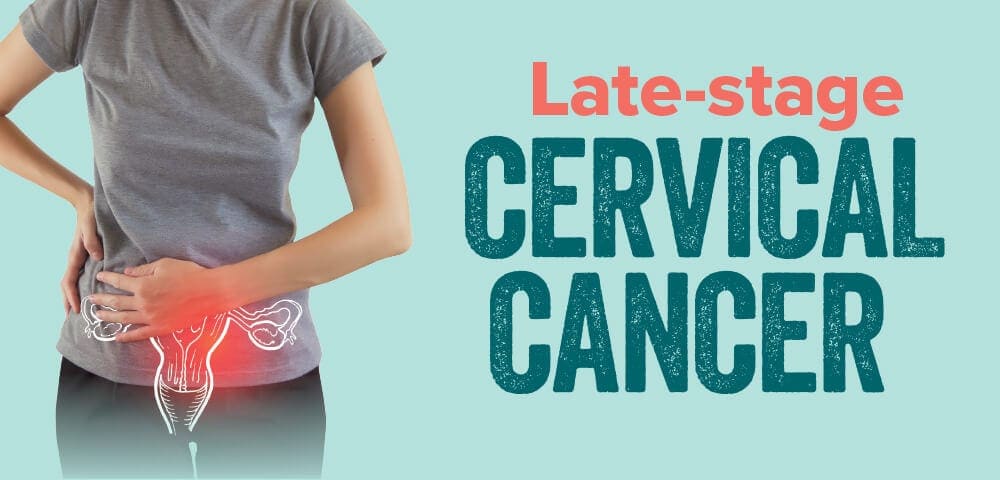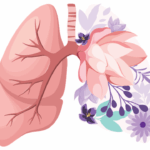
Why proactive prevention is key to lowering the rising rates.
If undetected, cervical cancer has a five-year survival rate of only 17%.
Cancer is a heavy word attached to a diverse array of emotions like fear, trauma, and grief, but also to courage, triumph, and success. Before any of these feelings are experienced, looking through a preventative lens may be the start of an effective approach to avoiding a late-stage cancer diagnosis. However, after recognizing the impact of preventative strategies, the next stage is implementing them, and this is where obstacles tend to arise. These roadblocks, whether in our minds or because of shortfalls in the medical system, have been leading to rising rates of some forms of cancer, such as late-stage cervical cancer.
Healthy eating, the avoidance of carcinogens (like cigarette smoke and alcohol), and screening programs all need to be incorporated when living a preventative lifestyle. Unfortunately, it appears that this is much easier said than done, and the changing rates of cervical cancer are proving this. While the overall rate of cervical cancer is on the decline, the number of women experiencing advanced stages of this disease is increasing. Some researchers hypothesize that a decrease in screenings among young women could be why more women are diagnosed with the deadly cancer.
Cervical Cancer
Cervical cancer starts as cervical dysplasia (the abnormal growth of cervical cells) and happens to be one of the most detectable cancers. After aggressive treatment in its early stages, a cure is often achieved. The main risk factor for developing cervical cancer is the sexually transmitted human papillomavirus (HPV) that infects the cervix. If left untreated, it can progress slowly, often over 10–15 years. Cervical cancer is considered a preventable disease, with regular Pap smears being the most important factor in prevention. But if undetected until it reaches a later stage, cervical cancer has a five-year survival rate of only 17%.
The drop in screening appointments is partly because of the COVID-19 pandemic, which impacted the once-routine test that women were getting every three years. The American College of Obstetricians and Gynecologists (ACOG) recommends screening
at age 21, regardless of when you first start having sex. How often you should have cervical cancer screening, and which tests you should have depend on your age and health history.
Screening is important because cervical dysplasia and even early-stage invasive cervical cancer are often asymptomatic. However, there are symptoms to be aware of, and if you experience any of these, please reach out to your health care practitioner.
- Abnormal vaginal bleeding, such as between periods, once postmenopausal, and after sexual intercourse
- Foul-smelling vaginal discharge
- Pelvic, leg, and/or back pain
- Pain during sexual intercourse
- Unexplained weight loss
There is also a significant emotional component that many health care practitioners may not be equipped to deal with in their patients. In my practice, sexual abuse and other traumas, as well as fears surrounding sexual health, are often part of my patients’ stories. Pap testing can bring up anxiety and other emotions that deter some women from seeking this incredibly important screening tool. There is also the dimension of dreading a cancer diagnosis, with no news being good news. Denial can allow our minds to comfortably exist in a state of unknowing, which for some, is easier to cope with than an unwanted diagnosis. For these patients, working with a trained counselling professional is key to helping remove oneself from the grips of trauma and return to states of safety and empowerment.
The American Cancer Society (ACS) recommends cervical cancer screenings with an HPV test every five years for everyone with a cervix ages 25–65.
Cancer Prevention
Cancer prevention is complex in how it triggers us, how it motivates change, and in some, how it creates a crippling sense of trepidation. With the rising rates of this potentially deadly cancer, I encourage all women to be advocates for their own health. Here are the basics to beginning (or continuing) your journey in the prevention of cervical cancer.
Steps to Help Prevent Cervical Cancer
- Get regular Pap tests – if you are due and can’t get an appointment with your health care practitioner, seek out a local sexual health center
- Get enough vitamin D
- There is a strong association with smoking tobacco, so quit the habit and avoid second-hand smoke
- Keep your alcohol intake to fewer than 1–2 drinks daily
- Use condoms, especially when in new relationships that may introduce HPV
- Birth control pills in a person with folate deficiency are a risk – always take a daily B vitamin complex if you’re on oral contraceptives
- Seek professional help if you experience fear over cervical cancer screening techniques
Cervical cancer is a treatable condition if found and treated in the early stages. To find a health care practitioner you can trust, contact immediate family and close friends for referrals, and follow the steps above.












